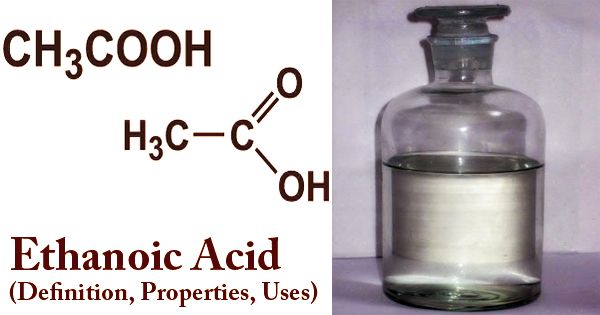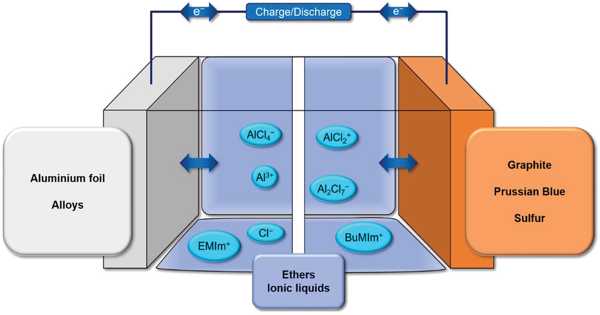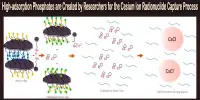Tin plating is the process of depositing a coating of solderable tin plating onto the surface of material via an electrical current. It is process is used extensively to protect both ferrous and nonferrous surfaces. Electroplating tin is an extremely cost-effective process.
Tin is a soft, ductile, silvery-white metal that is not easily oxidized in the air. Tin is a useful metal for the food processing industry since it is non-toxic, ductile, and corrosion-resistant. It has good conductivity and corrosion resistance while enhancing the solderability of substrates that are not otherwise easily soldered. This is due to tin being so readily available and much less expensive than metals such as gold, platinum, or palladium.
The excellent ductility of tin allows a tin coated base metal sheet to be formed into a variety of shapes without damage to the surface tin layer. Tin electrodeposits can produce a whitish-grey color that is preferable when a dull or matte appearance is desired. It provides sacrificial protection for copper, nickel, and other non-ferrous metals, but not for steel. Tin is quite resistant against corrosion and oxidation; coatings offer particular protection against moderate stress, such as those taking place inside containers.

Tin is also widely used in the electronics industry because of its ability to protect the base metal from oxidation thus preserving its solderability. Tin offers a decent level of conductivity, making tin plating useful in the manufacturing of various electronic components. In electronic applications, 3% to 7% lead may be added to improve solderability and to prevent the growth of metallic “whiskers” in compression stressed deposits, which would otherwise cause electrical shorting.
With all of its functional and decorative properties, tin layers can be used in almost all industrial sectors. Tin electrodeposits are primarily used for functional purposes such as providing a level of protection or corrosion resistance to a range of items. Especially in electronics and electrical engineering, automotive and food industries, and mechanical engineering.
Benefits: Tin has much strength making it a desirable choice due to its corrosion protection:
- Fretting means surface to surface corrosion.
- Environmental, which refers to sulfur-bearing environments that cause tin to tarnish.
- Flexibility to use matte tin plating to achieve a dull finish, or bright tin plating when a shinier finish is required
- Tin plating is the lowest cost choice as compared to its rivals up the food chain such as silver plating and gold plating.
Information Source:
















